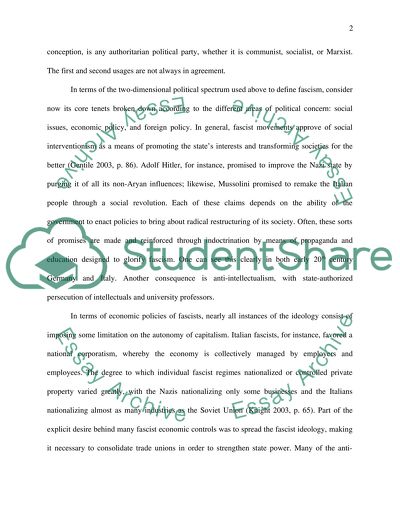What Are the Main Features of Fascism as an Ideology Essay. Retrieved from https://studentshare.org/history/1436279-what-are-the-main-features-of-fascism-as-an
What Are the Main Features of Fascism As an Ideology Essay. https://studentshare.org/history/1436279-what-are-the-main-features-of-fascism-as-an.


